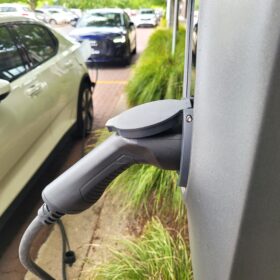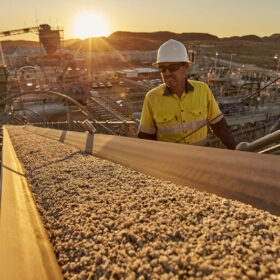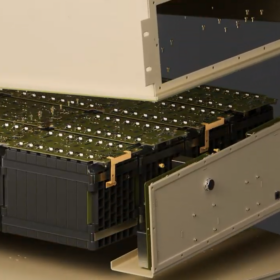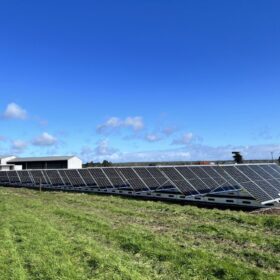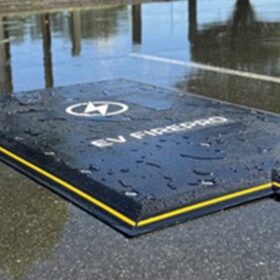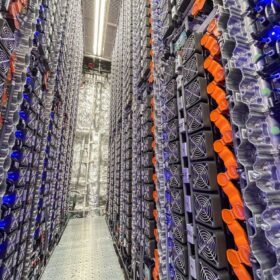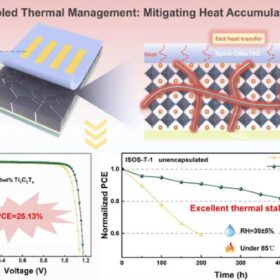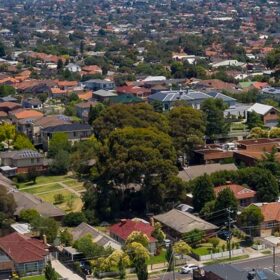Victoria trials kerbside EV chargers for network constraint management
A ring-fencing waiver has been issued to electricity distributors CitiPower, Powercor and United Energy, to enable a kerbside electric vehicle charging trial in Victoria until mid-2031, which will include at least 5% vehicle-to-grid chargers.
Accelerating innovation through collaboration: a sustainable future for Australia’s resources sector
Director of CSIRO Mineral Resources Dr Louise Fisher reveals how collaboration across research, industry and government is driving decarbonisation, digital transformation and the development of sustainable, globally competitive supply chains for critical minerals.
Relectrify next-gen storage system fast tracked with $25 million ARENA backing
Victoria-headquartered battery technology company Relectrify has received $25 million ARENA backing to help deploy it’s CellSwitch inverterless technology, which promises to deliver 20% more energy over a battery system’s lifetime.
Victorian manufacturer launches solar microgrid system in US
Victoria-based microgrid manufacturer PHNXX has broken into the United States market, teaming with microgrid system and software manufacturer Paired Power to launch a portable solar-powered stand-alone power system that can be installed and generating electricity within a single day.
Australian-made EV fire suppression system validated in lab tests
Queensland company EV Fire Protection is eyeing global markets after securing independent verification for what it says is the world’s first fixed suppression system engineered specifically for electric vehicle fires.
Mercedes unveils car with 20% efficient ultra-thin solar coating
Mercedes-Benz has unveiled a prototype car with a silicon-free, 20%-efficient nanoparticle solar coating that powers the vehicle even when off and uses modules thinner than a human hair.
Australian solar pioneer wins top UK engineering prize
Pioneering solar researcher Martin Green has received arguably one of the world’s top awards for engineers and scientists in recognition of his achievements in photovoltaics and driving the global shift to renewables.
Solar tracker repowering emerges as key to sustaining older arrays
Aging utility-scale solar projects are driving interest in tracker repowering, while asset owners weigh costs against gains in performance and longevity.
Incat starts energisation process for world’s largest electric ship
The world’s largest battery-electric ship has reached a new milestone with shipbuilder Incat Tasmania confirming that one of the vessel’s four battery rooms is now receiving electrical charge ahead of sea trials later this year.
Perovksite solar cell based on MXene achieves 25.13% efficiency
A Chinese research group claims to have achieved remarkable efficiency and stability in a solar cell based on a perovskite absorber incorporating MXene, a novel type of 2D material known for its excellent conductivity, chemical stability, and thermal resilience. The device reportedly retained 80% of its initial efficiency after 500 hours.
